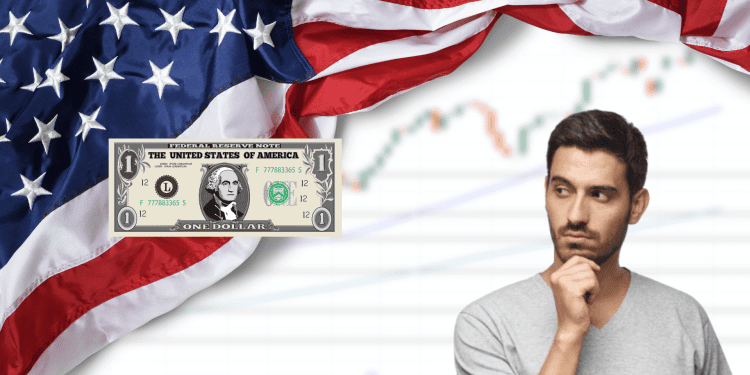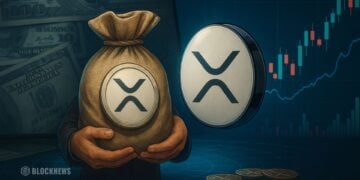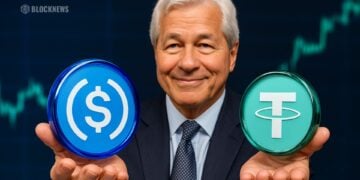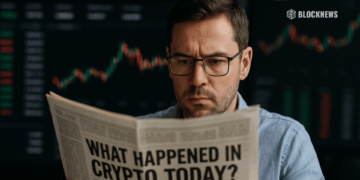- Inflation eased to 3.1% in January 2023 but remains elevated from the Fed’s 2% target and is squeezing American consumers
- Core price growth exceeded expectations at 0.4% month-over-month, with rising shelter, vehicle, medical and other costs driving the increase
- Despite cooling from mid-2022’s peak, hotter inflation sparked a stock sell-off as investors grew wary of persistent pricing pressures
Inflation continued to ease in January 2023, dropping to an annual rate of 3.1%. However, many Americans are still feeling economic pressures.
The Latest Inflation Data
The January inflation rate of 3.1% exceeded economists’ expectations of 2.9% and was higher than December’s rate of 3.4%. On a monthly basis, prices rose 0.3% in January. The core inflation index, which excludes food and energy, rose 0.4% month-over-month. Rising costs of shelter, vehicles, medical care and more drove the increases.
Impact on Americans
While inflation has fallen from a peak of over 9% in mid-2022, everyday Americans are still grappling with financial difficulties. Surveys show consumer confidence and sentiment have improved but remain below 2021 levels.
Market Reaction
News of hotter-than-expected inflation sparked a stock market sell-off, with the S&P 500 falling 1.3% and Dow Jones Industrial Average dropping 1.1% from recent record highs. Investors had grown confident about cooling inflation in recent weeks.
Path Ahead
As annual inflation moves back toward the 2% target, the Federal Reserve is poised to cut interest rates for the first time in four years, likely in May. Further disinflation is still occurring in categories like clothing and medical commodities. However, the path to 2% inflation appears it may take longer than hoped.














